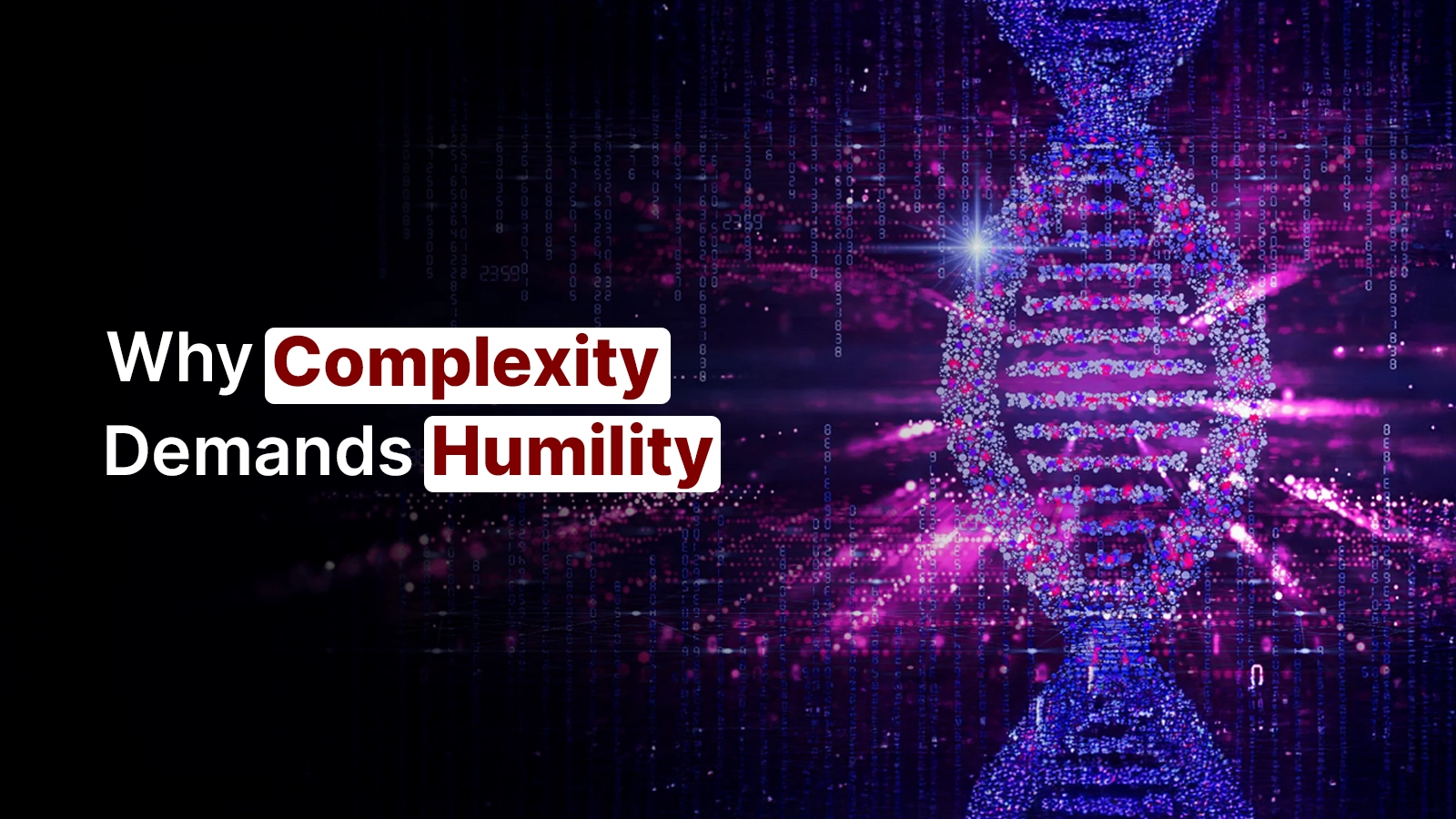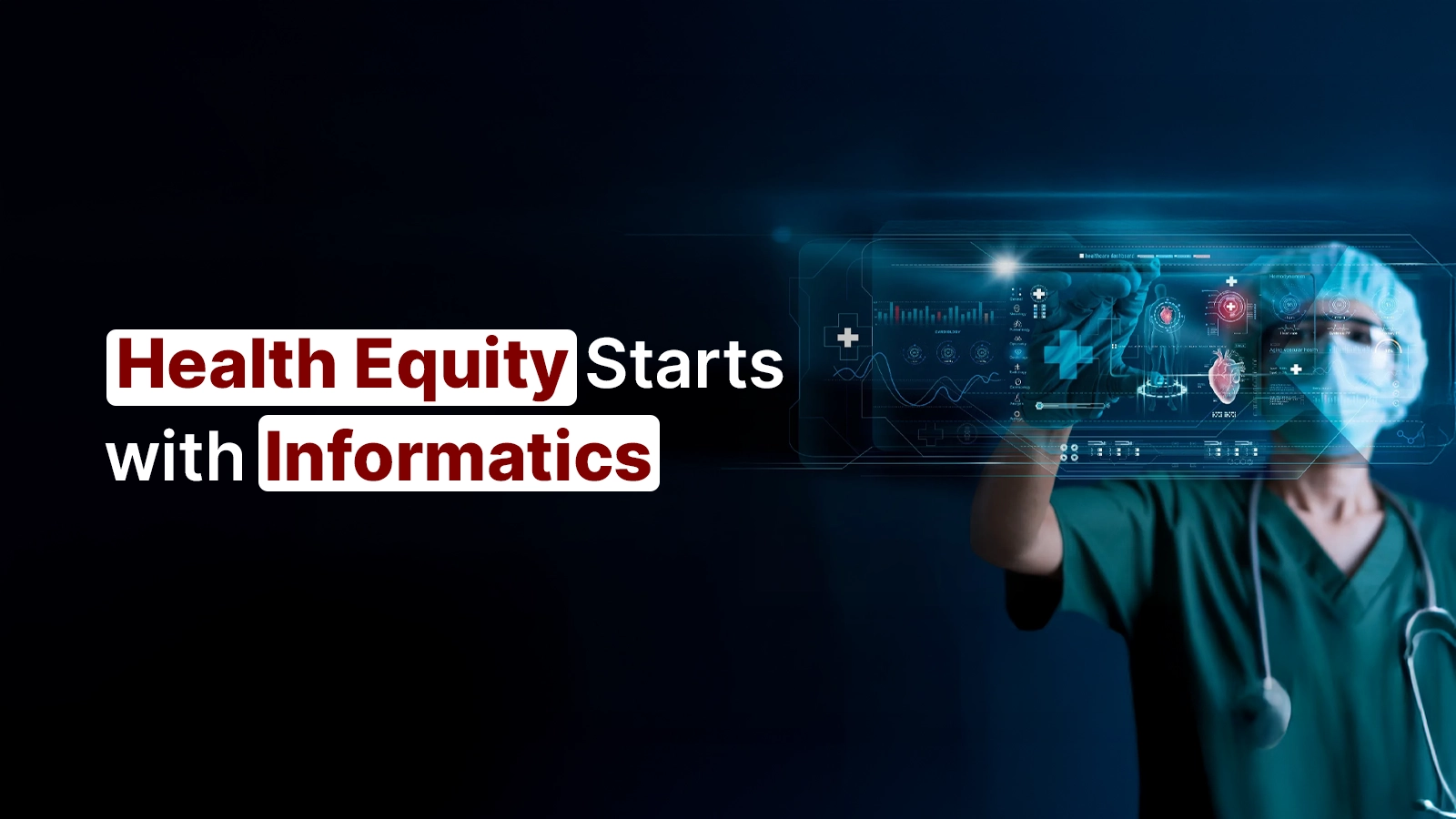Data-Driven Decision-Making
- Read Time: 3 Min

Data-driven decision-making (DDDM) has unequivocally become the backbone of modern industry strategies, with global predictive analytics revenues anticipated to skyrocket to $22 billion by 2026. The implications of this data-centric approach are profound, particularly in public health—a sector that is increasingly inundated with vast streams of digital information collected by various bodies from governments to healthcare providers. However, the real challenge lies not in the accumulation of data, but in its effective harnessing to improve medical care, optimize administrative processes, and ultimately, enhance clinical outcomes while curbing financial costs and staff burnout.
What is Data-Driven Decision-Making?
Data-driven decision-making is an approach that relies on data collection, modeling, and analysis to inform and guide business strategies. The hallmark of DDDM is the reliance on data that is timely, error-free, relevant, and actionable. DDDM aims to remove ambiguity and intuition from decision-making, grounding choices in concrete, analyzed evidence. Business leaders championing this approach report notable strides in efficiency and financial performance, lending credence to its efficacy.
The Advantages of Data-Driven Decision-Making
1. Utilization of Data:
DDDM allows healthcare institutions to extract and leverage pertinent data related to patient care, operations, and customer service, thus informing strategic decisions.
2. Insight Generation:
Access to accurate data translates into comprehensive insights into operational dynamics, empowering leaders to forge strategies backed by empirical evidence.
3. Multi-dimensional Data:
Healthcare thrives on both qualitative and quantitative data—from patient feedback to statistical health outcomes. DDDM values and integrates both forms of data.
4. Transparency in Decisions:
Data-based decisions can be articulated and justified clearly, fostering trust and support among stakeholders, including employees and patients.
5. Agility in Operations:
Proper analytical tools enable swift, informed decisions, reducing ambiguity and enhancing responsiveness to evolving healthcare demands.
Pitfalls of Data-Driven Decision-Making
1. Misinterpretation of Data:
Misreading data or using it to corroborate preconceived notions can result in misguided decisions and negative outcomes.
2. Inaccurate Questions:
Even the best quality data can lead to poor conclusions if tasked with answering the wrong questions.
3. Poor Data Quality:
Inaccurate data can wreak havoc. Investment in robust data management and cleansing is non-negotiable for effective DDDM.
4. Data Overload:
Handling an excessive volume of data without adequate analytical justification can lead to resource wastage without proportionate benefits.
Types of Data Analytics in Decision-Making
1. Descriptive Analytics:
This type analyzes historical data to understand trends and patterns, giving context to the present state of affairs.
2. Informative Analytics:
It refers to exploratory or investigative analysis to find patterns or relationships in data.
3. Predictive Analytics:
Leveraging historical data, this type forecasts future events, enabling proactive healthcare strategies and interventions.
4. Prescriptive Analytics:
The most advanced form, it uses findings from predictive analytics to suggest the best courses of action.
Implementing Effective Data-Driven Decision-Making in Healthcare
The first step in leveraging DDDM in healthcare is acknowledging its complexity and embracing a multidisciplinary approach. Healthcare administrators must foster an environment where data scientists, clinicians, and IT professionals collaborate to interpret data and translate it into actionable insights.
Educate and Train:
Key stakeholders, from executives to clinical staff, should be educated on the value and methods of DDDM. This involves understanding the types of analytics, the significance of data quality, and the skills to interpret and apply data-driven insights.
Invest in Technology:
To support DDDM, healthcare facilities must invest in the right technology—advanced analytics software, AI, and machine learning tools that can handle the specific needs of healthcare data.
Quality over Quantity:
Instead of hoarding data, focus should be on curating high-quality, pertinent data that directly informs care and operational efficiencies.
Continuous Data Governance:
Implement robust data governance frameworks to maintain the integrity, security, and usability of data.
Encourage a Data Culture:
Foster a culture that understands and values data, encouraging transparency, and open dialogue about data findings and their implications.
Monitor and Evaluate:
Regularly assess the outcomes of data-driven decisions to refine processes and improve data strategies continuously.
Ethical Considerations:
Prioritize patient privacy and data security, ensuring compliance with regulations like HIPAA, and integrating ethical considerations into every data decision.
The road to effective decision-making in healthcare via DDDM is fraught with challenges but equally paved with opportunities. By prioritizing high-quality, relevant data, and embracing technologies capable of translating information into actionable strategies, healthcare leaders can navigate this complex landscape. Moreover, by recognizing



